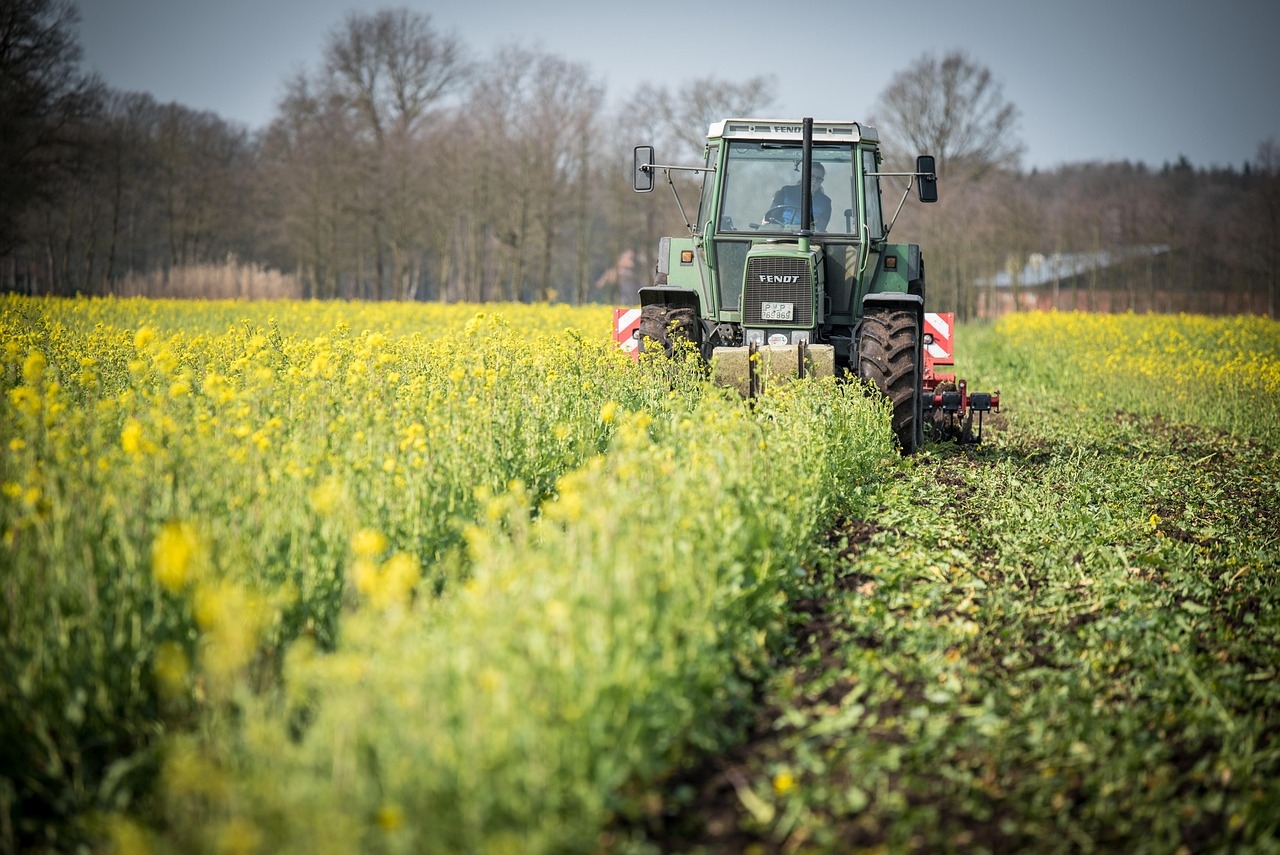We reach more than 65,000 registered users in Dec!! Register Now

Modelling the demography of agricultural transitions
- June 30, 2025
- 1 Views
- 0 Likes
- 0 Comment
New insights into the transition from hunter-gatherer to agrarian societies: Using a mathematical model, researchers have identified potential societal impacts based on demographic changes. The model emphasizes aspects such as migration rates, cultural assimilation and the role of mortality rates in these transitions.
Understanding the shift from hunting and gathering to farming has been a major concern in the study of human history. Often this major transition is attributed to external factors such as environmental changes. The shift could have happened in two ways: either groups developed agriculture independently, or these early farming groups interacted with hunter-gatherers who then adopted these new techniques.
“In our new study, we argue that humans were not just passive participants in this process; they played an active and crucial role in this transition,“ says first author Alfredo Cortell-Nicolau from the Max Planck Institute for Evolutionary Anthropology in Leipzig, Germany, and the University of Cambridge in the UK. “We focus on how the population dynamics of these groups directly influenced the adoption of agriculture.“ To study this, the research team adapted an ecological model that imitates the interactions between different species, in particular between predators and prey. In this context, farmers are the 'predators' and the hunter-gatherers are the ‘prey’. Factors such as group migration and cultural assimilation were also included in the analysis.
Radiocarbon dates as a demographic proxy
© Oreto García-Puchol
The researchers also applied this model to specific case studies - eastern Iberia (Spain), Kyushu Island (Japan) and Scandinavia (Denmark). Looking at these areas showed how different factors, such as different population growth rates or mortality rates caused by competition between hunter-gatherers and farmers, played a role in the agricultural development of these regions.
Expanding the archaeological toolbox
"Our study provides valuable insights into several aspects of prehistoric society. By applying this method, we were able to determine the impact of population growth on historical developments and observe some interesting phenomena, such as how the mode of agricultural expansion – terrestrial or maritime – affects the demographic dynamics of the interacting groups," explains co-author Javier Rivas from the University of Bath in the UK. "More broadly, the model suggests the role of migration rates and social assimilation in the adoption of farming".In the future, the researchers plan to include more complex factors and apply their model to larger regions. "We hope that the methods we developed will one day serve as a standard tool for studying past demographic interactions, providing insight into many prehistoric transitional periods beyond the transition to farming," the authors conclude.
List of Referenes
- Alfredo Cortell-Nicolau, Javier Rivas, Enrico R. Crema, Stephen Shennan, Oreto García-Puchol, Jan Kolář, Robert Staniuk, Adrian Timpson. Demographic interactions between the last hunter-gatherers and the first farmers. Proceedings of the National Academy of Sciences, 2025; 122 (14) DOI: 10.1073/pnas.2416221122
Cite This Article as
No tags found for this post









